Introduction
Chicken is a staple in many diets worldwide, known for its versatility, nutritional value, and delicious flavor. Whether you’re preparing a hearty roast, a light stir-fry, or a comforting soup, the quality of your chicken can make a significant difference in the final dish. One crucial aspect of ensuring a delicious and healthy meal is selecting fresh chicken. This guide will provide you with comprehensive insights on how to pick the freshest chicken, ensuring that your culinary endeavors are both successful and satisfying.
Understanding Chicken Freshness
Before diving into the specifics of selection, it’s essential to understand what constitutes fresh chicken. Freshness is a multi-faceted attribute that includes the age of the chicken, how it was processed, and how it has been stored since being slaughtered. Here are some key indicators of freshness:
-
Color: Fresh chicken should have a pinkish-white hue with a slight yellow tint from the fat. Dark spots, discoloration, or grayish tones are signs of aging or improper storage.
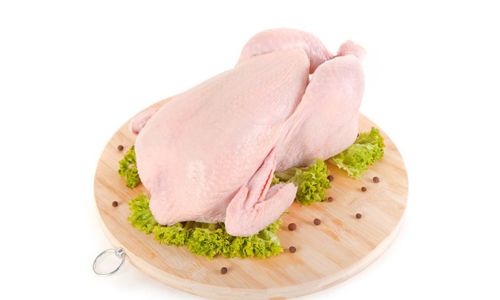
-
Texture: The meat should be firm and elastic, springing back slightly when pressed. If it feels slimy, soft, or has a sticky texture, it’s likely past its prime.
-
Smell: Fresh chicken has a mild, almost sweet scent. Any strong, pungent, or sour odors indicate spoilage.
-
Packaging: Proper packaging retains freshness. Vacuum-sealed or airtight packaging helps prevent contamination and maintains quality. Check for any leaks or punctures in the packaging.
-
Date Labels: While not always a foolproof indicator, use-by or sell-by dates can provide a rough estimate of freshness. However, rely more on sensory checks as these dates can vary based on storage conditions.
-
Source and Labeling: Knowing the source of your chicken can provide peace of mind. Look for labels indicating free-range, organic, or antibiotic-free farming practices, as these often correlate with better overall quality and freshness.
Where to Buy Fresh Chicken
The first step in selecting fresh chicken is choosing the right place to buy it. Here are some options to consider:
-
Local Farms and Butchers: These sources often offer the freshest chicken because they have shorter supply chains. You can often find chickens that were slaughtered and processed within a few days. Additionally, you can ask questions about the farming practices and the age of the chickens.
-
Supermarkets: Larger supermarkets usually have a dedicated section for fresh meat, including chicken. Look for stores with high turnover rates to ensure you’re getting recently stocked products. Supermarkets may also offer organic or free-range options.
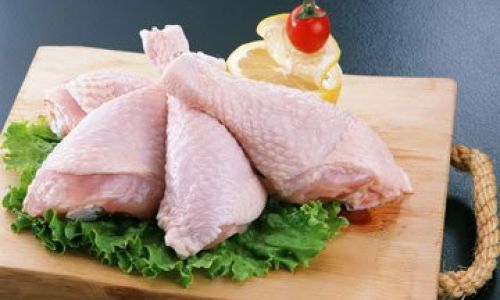
-
Farmers’ Markets: These markets are a great way to connect directly with local farmers who can provide detailed information about their chickens. You can often find a variety of cuts and even whole chickens that are incredibly fresh.
-
Online Retailers: While convenience is a plus, be cautious with online purchases. Ensure the retailer has a reliable reputation for delivering fresh products and check delivery times carefully.
What to Look For When Selecting Chicken
Now that you know where to look, here are some specific tips for selecting the freshest chicken:
-
Inspect the Packaging: As mentioned earlier, proper packaging is crucial. Avoid packages with tears, punctures, or excessive liquid accumulation. Vacuum-sealed packaging is ideal as it minimizes exposure to air and contaminants.
-
Check the Sell-By Date: While not definitive, the sell-by date can give you a general idea of how long the chicken has been on the shelf. Try to choose packages with dates as far into the future as possible, but always prioritize sensory checks over dates.
-
Examine the Chicken: If possible, open the packaging slightly to inspect the chicken without fully exposing it to air. Look for the color, texture, and overall appearance as described earlier.
-
Smell Before Buying: Take a quick sniff to ensure the chicken smells fresh. If there’s any doubt, it’s best to pass and choose another package.
-
Choose Whole Chickens Over Pre-Cut Pieces: Whole chickens are often fresher because they undergo less handling and exposure to air during processing. If you must buy pre-cut pieces, ensure they are well-packaged and show no signs of spoilage.
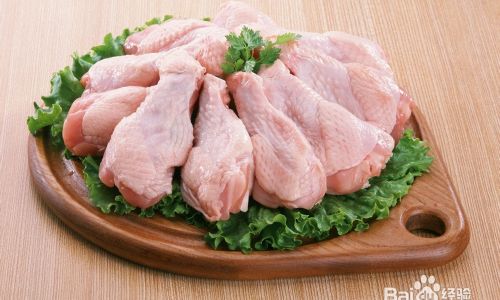
-
Consider Free-Range and Organic Options: Chickens raised in free-range or organic conditions tend to have a healthier diet and more space to move, which can lead to better overall quality and freshness. These chickens are also less likely to be treated with antibiotics or hormones.
Storing Fresh Chicken
Once you’ve selected your fresh chicken, proper storage is essential to maintain its quality until you’re ready to cook. Here are some tips:
-
Refrigeration: Store chicken immediately in the coldest part of your refrigerator, ideally on the bottom shelf to prevent cross-contamination with other foods. Chicken should be kept at 40°F (4°C) or below.
-
Use Within a Few Days: For optimal freshness, use chicken within one to two days of purchase. If you’re not planning to cook it right away, consider freezing it.
-
Proper Freezing: To freeze chicken, wrap it tightly in plastic wrap or aluminum foil, then place it in a heavy-duty freezer bag. Label the bag with the date and use within three to four months for best quality.
-
Thawing Safely: When you’re ready to use the frozen chicken, thaw it in the refrigerator, not on the counter. This prevents the growth of harmful bacteria.
Conclusion
Selecting fresh chicken is a crucial step in ensuring delicious and healthy meals. By understanding the indicators of freshness, choosing reputable sources, and inspecting chicken carefully before purchase, you can bring home the best quality chicken. Proper storage and handling practices will further maintain its freshness until you’re ready to cook. Remember, the key to a successful dish often starts with the quality of the ingredients, and fresh chicken is no exception. With these tips in mind, you’ll be well-equipped to make informed choices and enjoy the best chicken has to offer. Happy cooking!
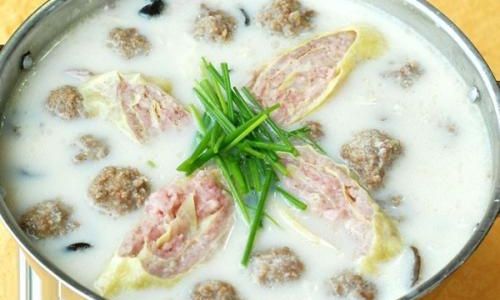
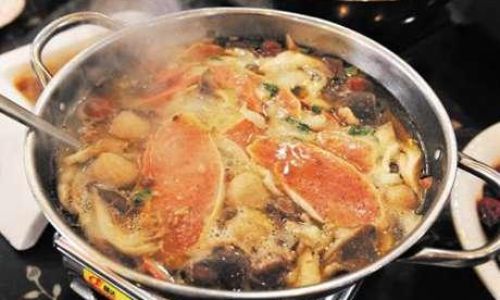
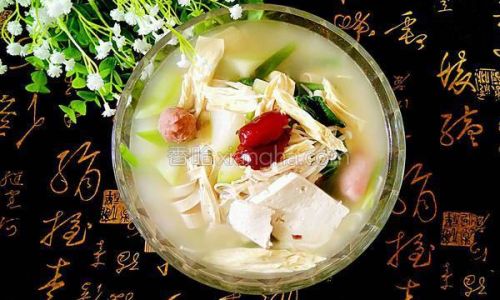
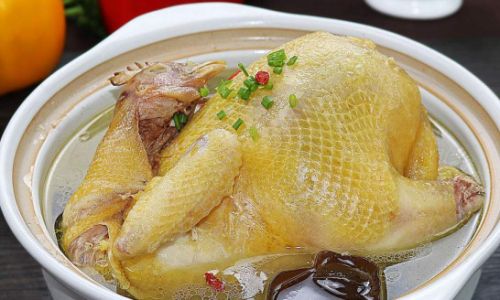
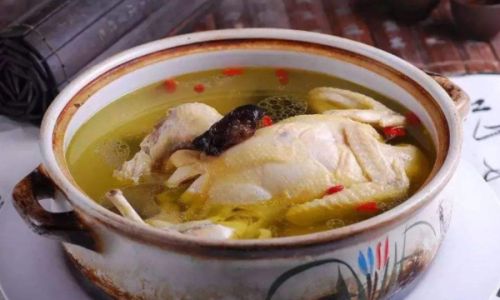

0 comments